All Photos(1)
About This Item
Linear Formula:
NCCH2COOC(CH3)3
CAS Number:
Molecular Weight:
141.17
Beilstein:
1755933
EC Number:
MDL number:
UNSPSC Code:
12352100
PubChem Substance ID:
NACRES:
NA.22
Recommended Products
Quality Level
Assay
≥97.0% (GC)
refractive index
n20/D 1.420
bp
40-42 °C/0.1 mmHg (lit.)
density
0.988 g/mL at 20 °C (lit.)
functional group
ester
nitrile
storage temp.
2-8°C
SMILES string
CC(C)(C)OC(=O)CC#N
InChI
1S/C7H11NO2/c1-7(2,3)10-6(9)4-5-8/h4H2,1-3H3
InChI key
BFNYNEMRWHFIMR-UHFFFAOYSA-N
Looking for similar products? Visit Product Comparison Guide
General description
tert-Butyl cyanoacetate undergoes functionalization and decarboxylation to form 3-amino-4-alkyl isoquinolines.
Application
tert-Butyl cyanoacetate was used in the synthesis of vinylogous urea.
Storage Class Code
10 - Combustible liquids
WGK
WGK 3
Flash Point(F)
244.4 °F - closed cup
Flash Point(C)
118 °C - closed cup
Personal Protective Equipment
dust mask type N95 (US), Eyeshields, Gloves
Choose from one of the most recent versions:
Already Own This Product?
Find documentation for the products that you have recently purchased in the Document Library.
Barry B Snider et al.
Organic letters, 7(20), 4519-4522 (2005-09-24)
[reaction: see text] Addition of the enolate of tert-butyl acetate to cyanamide methyl ester 17 followed by treatment with LHMDS afforded vinylogous urea 19 in 27% yield. Vinylogous urea 19 was also obtained from 37 and tert-butyl cyanoacetate in 50%
Ben S Pilgrim et al.
Organic letters, 15(24), 6190-6193 (2013-11-21)
A methyl ketone, an aryl bromide, an electrophile, and ammonium chloride were combined in a four-component, three-step, and one-pot coupling procedure to furnish substituted isoquinolines in overall yields of up to 80%. This protocol utilizes the palladium catalyzed α-arylation reaction
Our team of scientists has experience in all areas of research including Life Science, Material Science, Chemical Synthesis, Chromatography, Analytical and many others.
Contact Technical Service


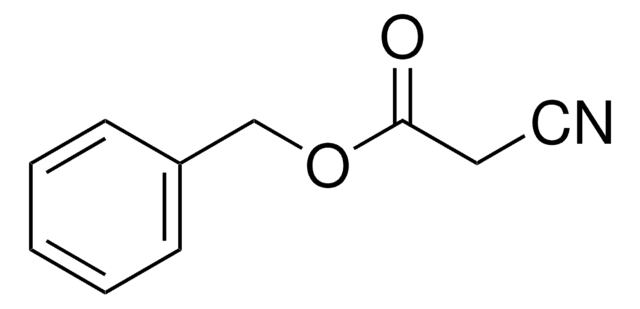

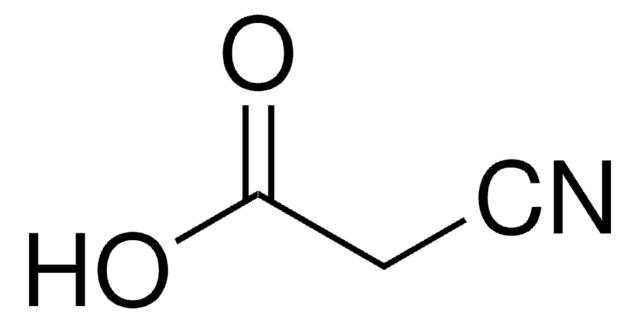
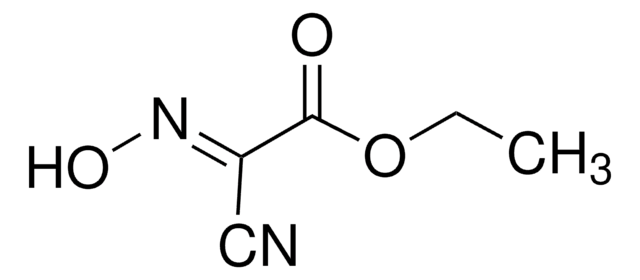
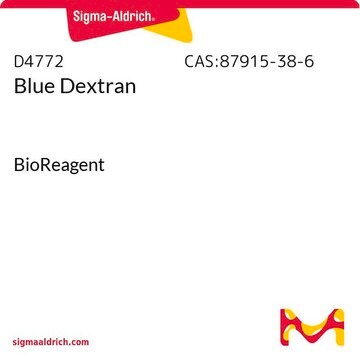
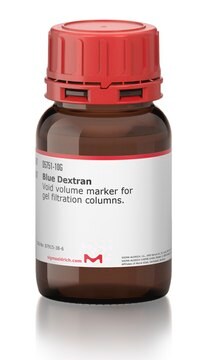
![1,8-Diazabicyclo[5.4.0]undec-7-ene 98%](/deepweb/assets/sigmaaldrich/product/structures/120/564/5b373e23-1624-489c-8efb-692de0f96ffb/640/5b373e23-1624-489c-8efb-692de0f96ffb.png)